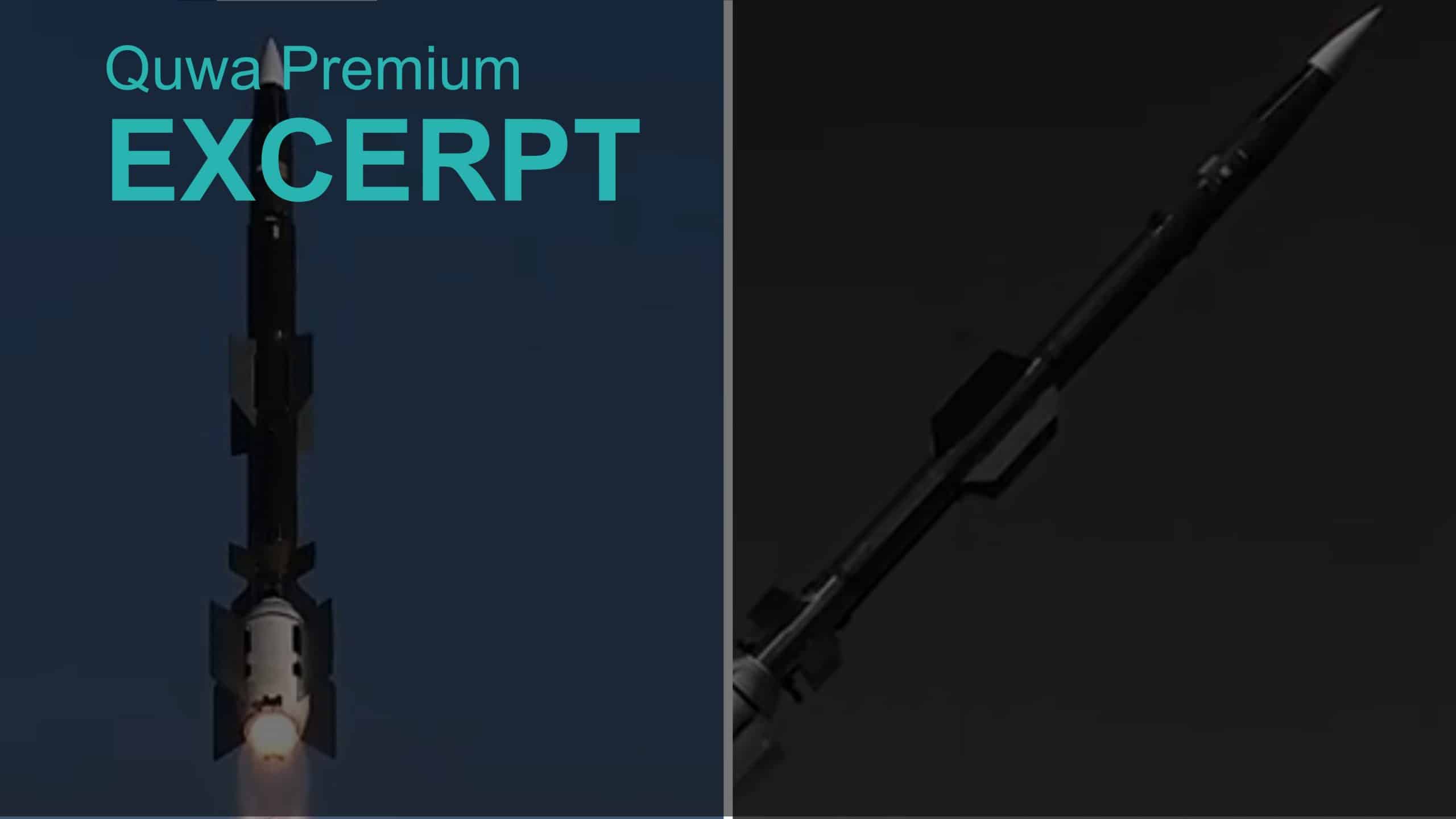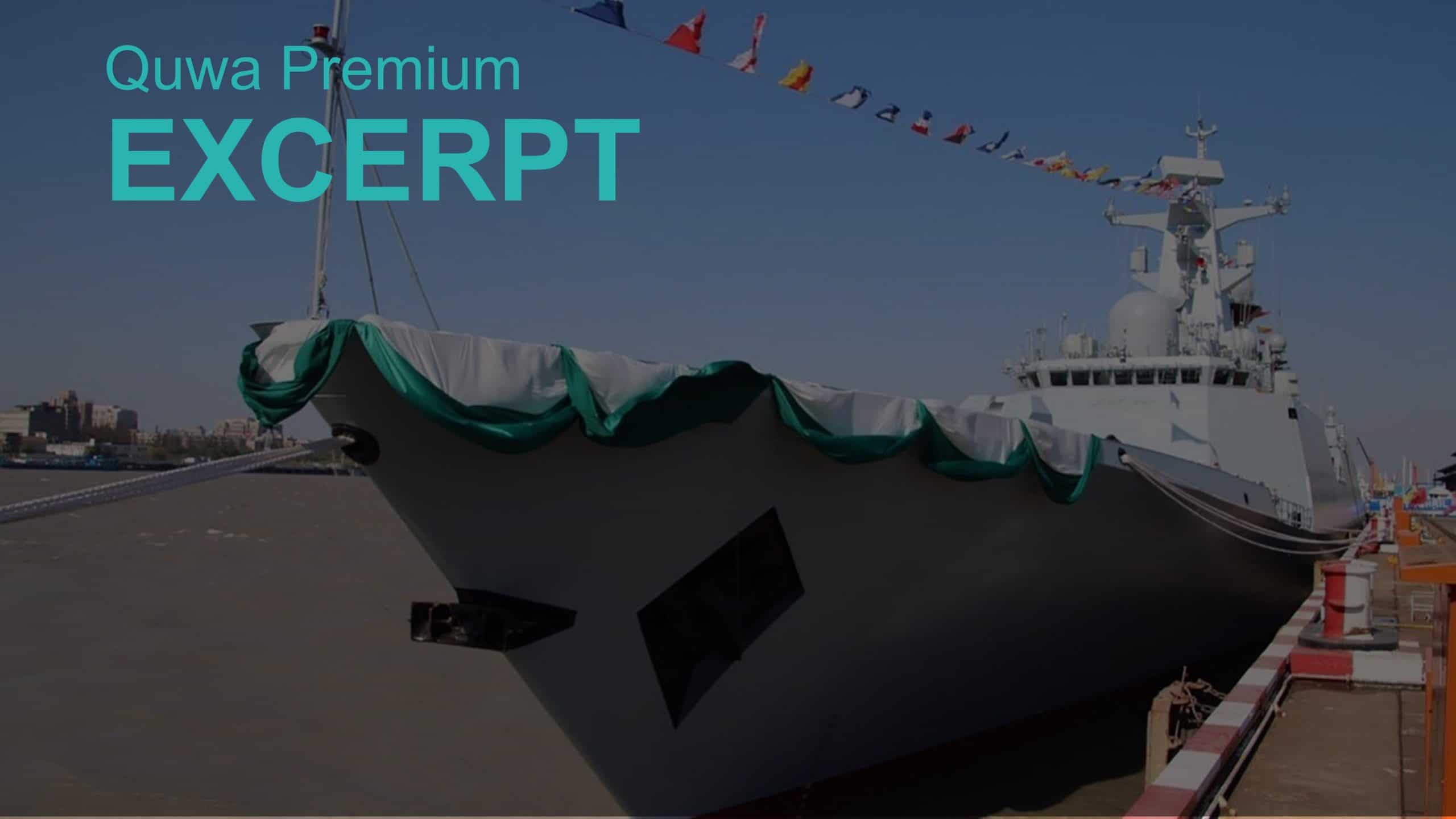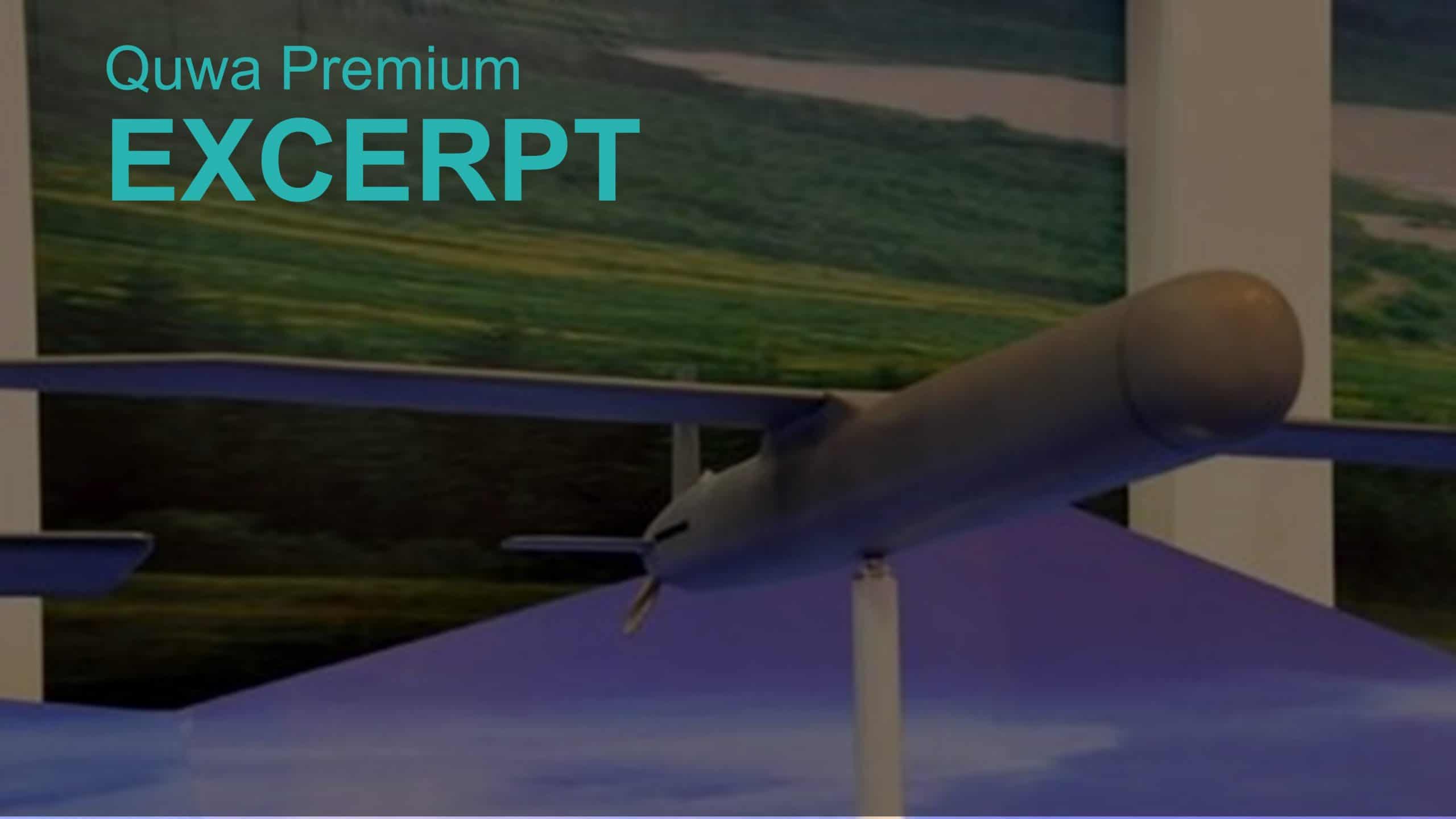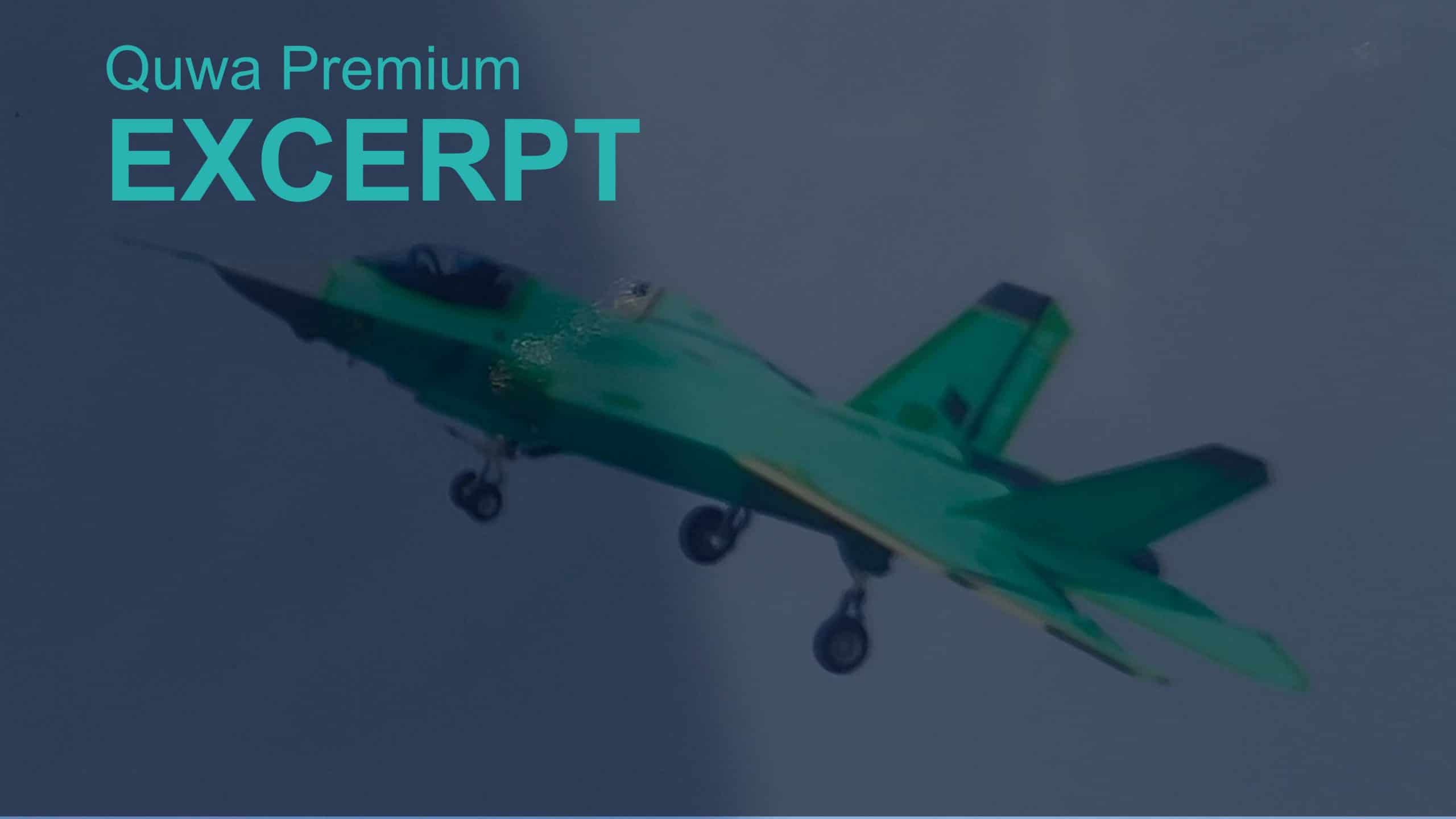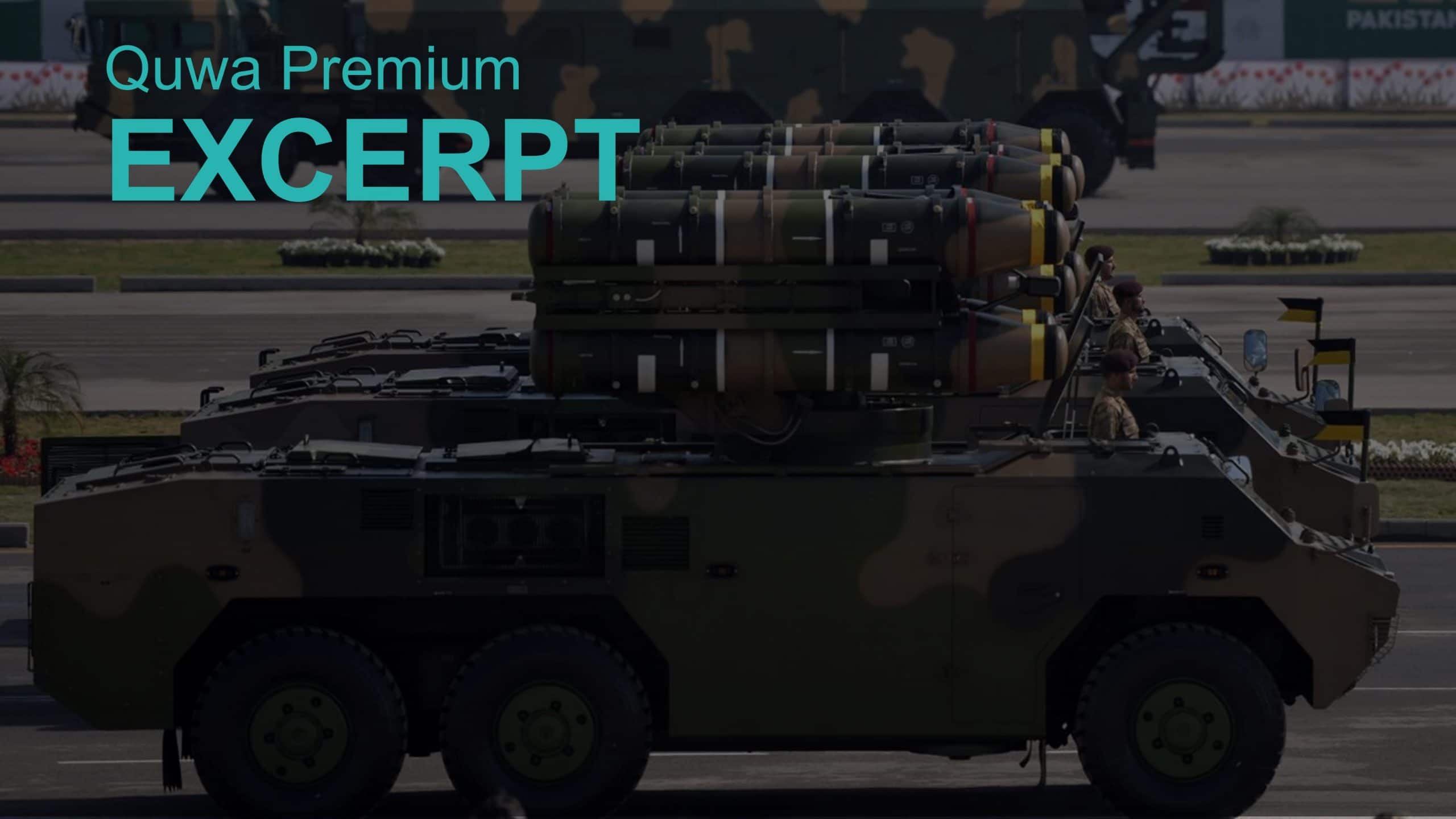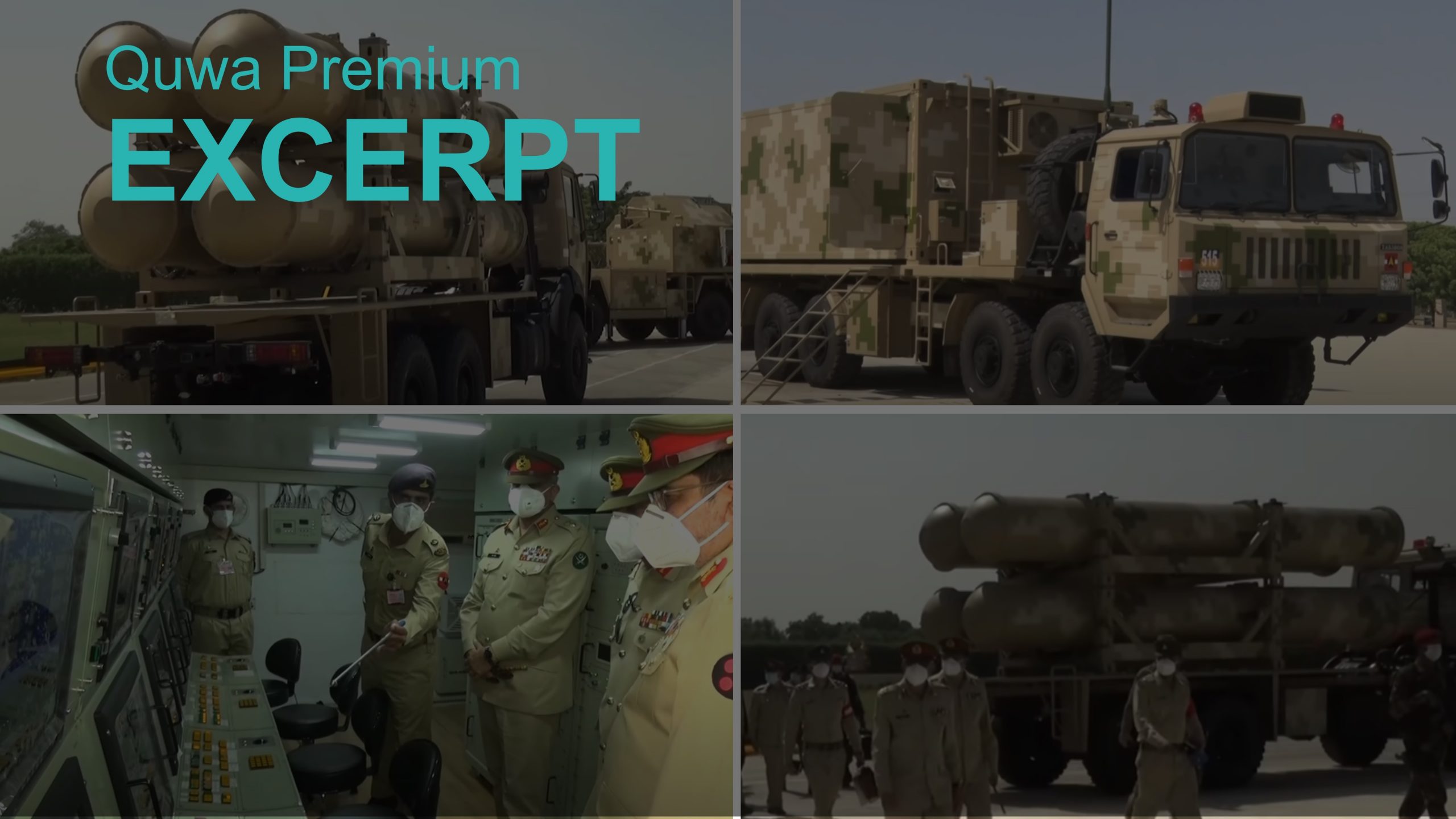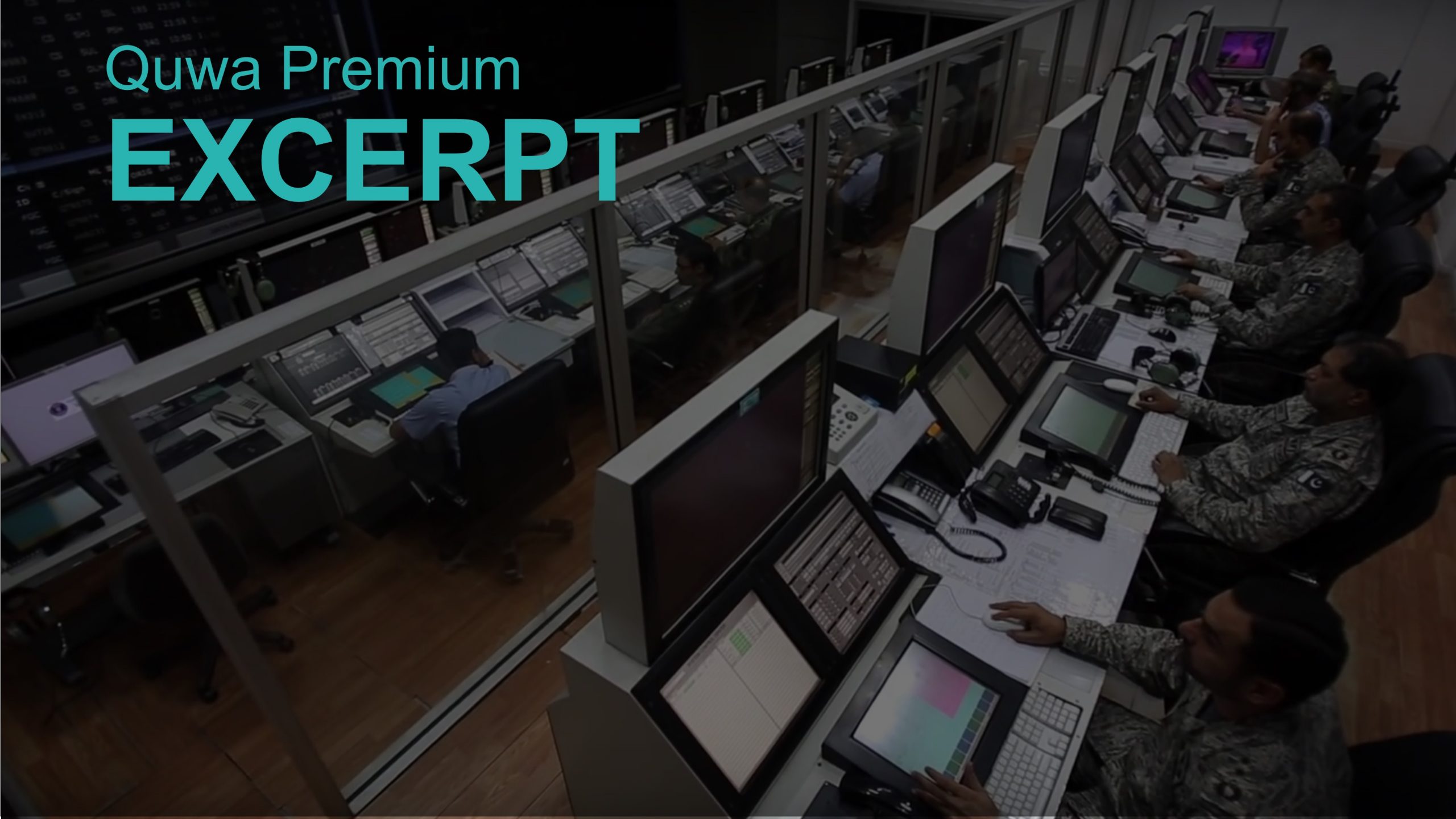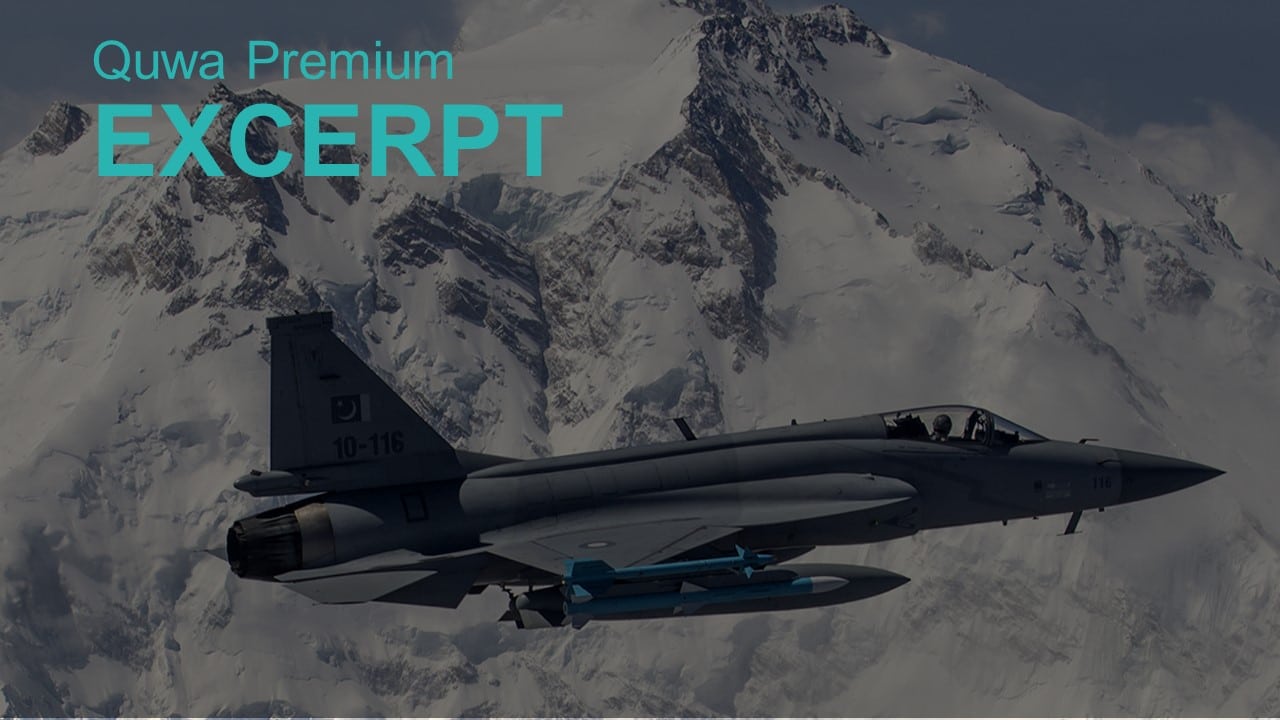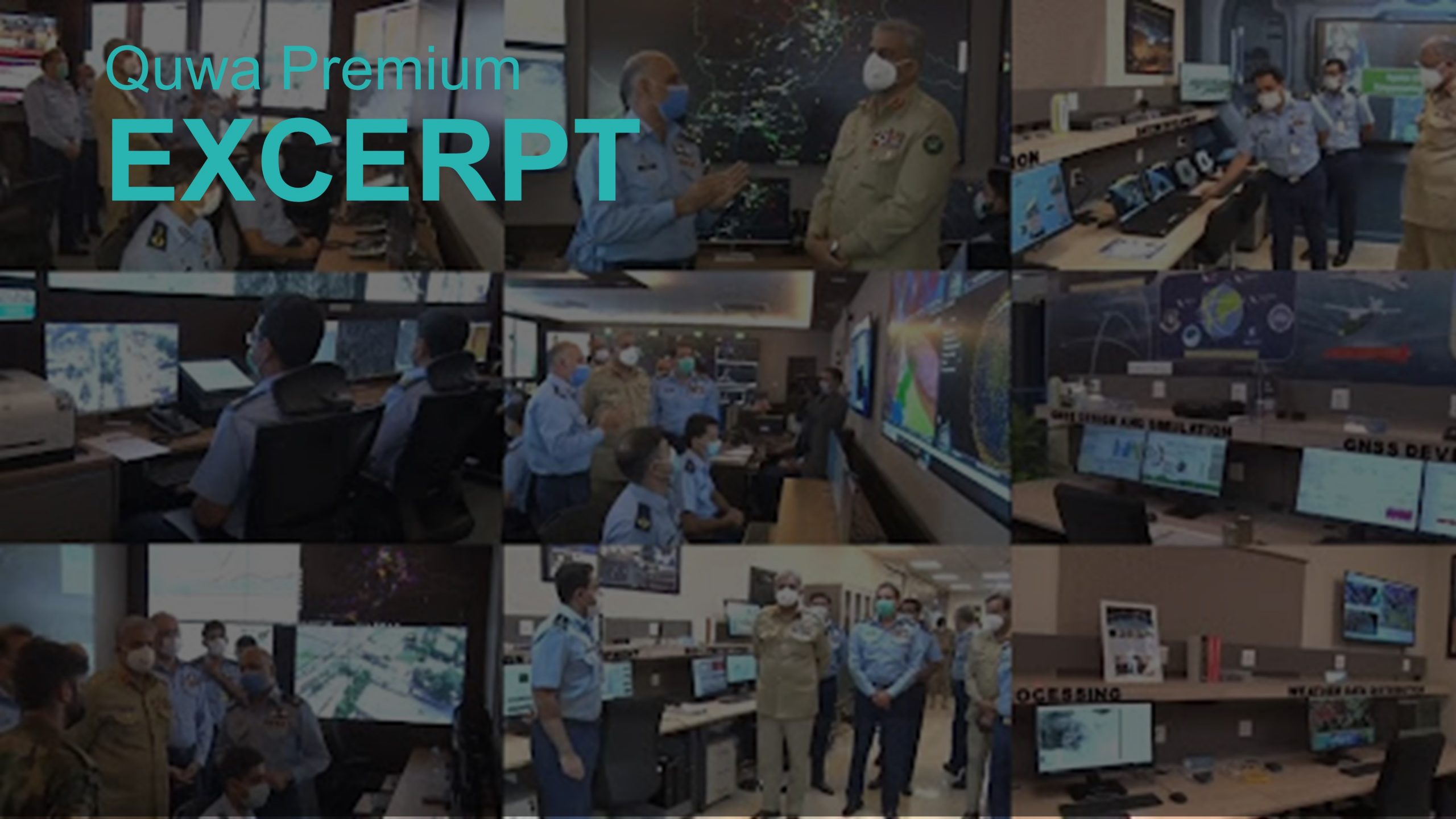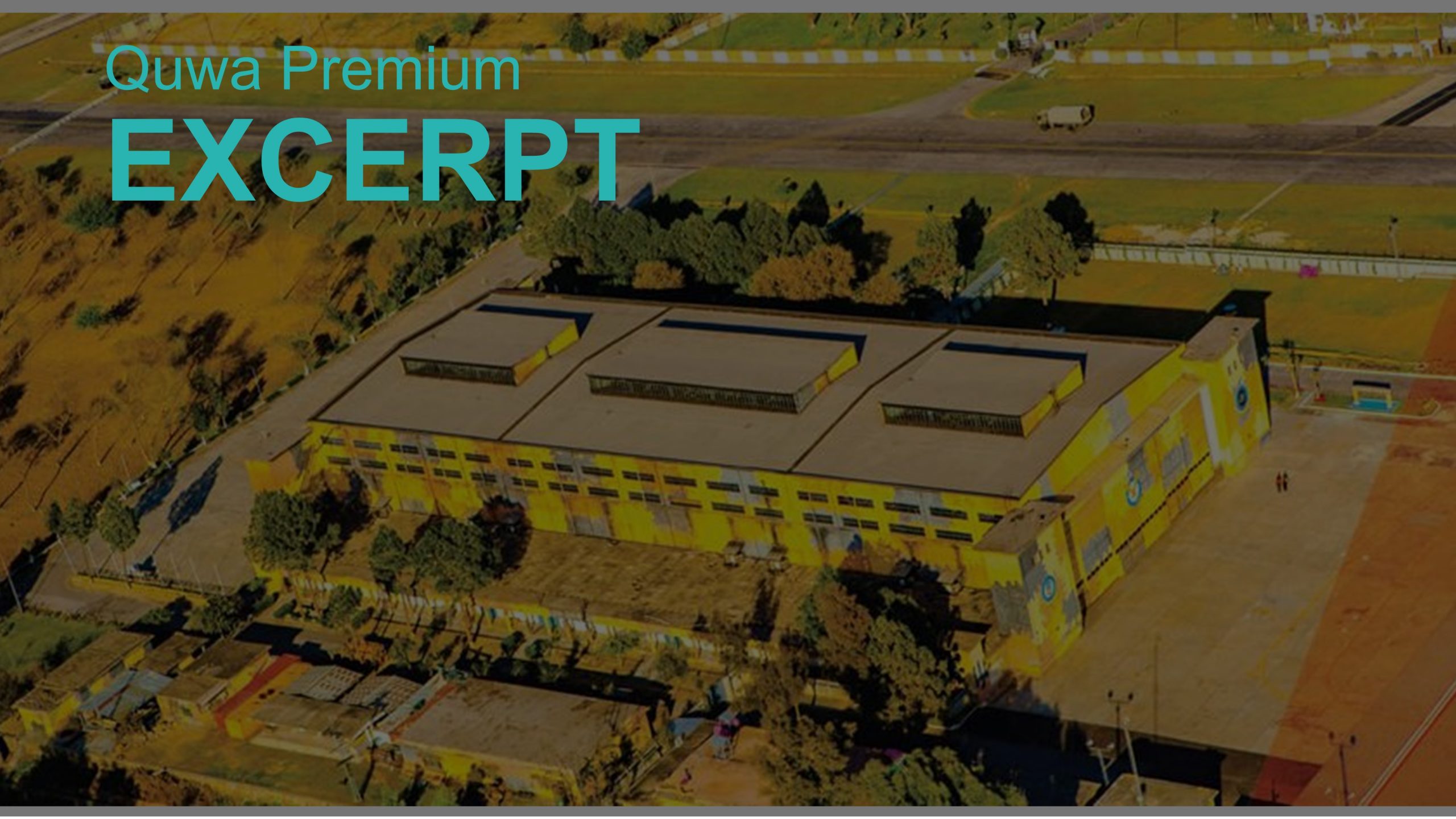On November 06, 2021, Turkey announced that it test-fired its SIPER long-range surface-to-air missile (SAM). It is aiming to induct the SIPER by 2023.
On November 08 2021, the Pakistan Navy (PN) commissioned its first of four Type 054A/P frigates – PNS Tughril.
Available in various sizes, loitering munitions are versatile weapons that may become a mainstay staple in the world’s militaries and, potentially, non-state actors.
Last week, photos emerged of two new fighters from China’s burgeoning aerospace industry: the twin-seat variant of the Chengdu J-20, and, potentially, the carrier-borne J-XY (or J-35).
Having fulfilled its long-range air defence requirements with the HQ-9/P, the Pakistan Army (PA) still requires a new mobile short-range air defence system.
On 14 October 2021, the Pakistan Army announced that it inducted the HQ-9/P long-range surface-to-air missile (SAM) system.
With new assets and structural organization, Pakistan is improving its intelligence, surveillance, and reconnaissance (ISR) coverages across multiple areas.
As the JF-17 seemingly closes in on its third export sale (to Argentina), this article explores why more countries may seek the Sino-Pak multi-role fighter.
By Syed Aseem Ul Islam
On 15 September 2021, the Pakistan Army (PA) Chief of Army Staff (COAS) General Qamar Javed Bajwa visited the Pakistan Air Force’s (PAF) Air Headquarters (AHQ) in Islamabad. The COAS was given a tour of specialized facilities.
On…
Designing these UCAVs that are approaching manned fighter jets in complexity will give PAC experience and build capacity that it is lacking.

